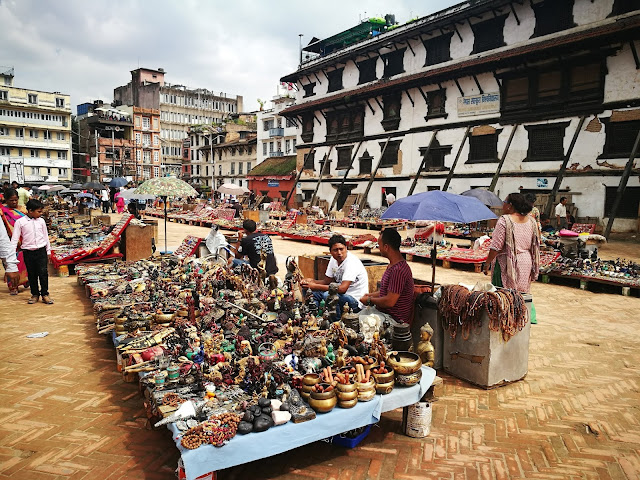PEEDA is an NGO aiming to help off-grid communities in Nepal develop sustainably, primarily by introducing renewable energy sources that are owned and managed by the community.
Projects vary widely, and all funding comes from grants – that’s why there’s only six full-time staff at the office in Kathmandu, Nepal’s capital. Over the years various projects have been in partnership with the University of Bristol: that’s how I ended up working at PEEDA for my assessed year in industry. As part of the Engineering Design Degree, all students undertake a year of work experience in their third year.
Project work
My primary project for the first few months concerns the design of a pico-hydro Turgo Turbine, a small turbine which is not commonly used in Nepal despite its potential. Currently, one turbine has been imported from China and one turbine is being developed at the University of Bristol. These will be compared in the testing lab at Kathmandu University, and the final design will be manufactured in Nepal and introduced to a pilot site.
 |
| Pico-hydro Turgo Turbine |
I will have the opportunity to assist with all stages of the design, working closely with the University of Bristol, the Turbine Testing Lab, and the manufacturers.
Most excitingly, I will be able to go on site visits for the project and for other projects which will involve haphazard bus journeys on winding roads to remote, beautiful areas of Nepal.
What is Kathmandu like?
The walk to work is always interesting. I may see as many as three wandering cows which are considered sacred by Hindu culture. My walk takes me past a large Hindu temple where there is always music playing and ladies in colorful saris sell flowers and fruit outside its gates.
It’s monsoon season, and after the daily downpour the mountains are visible in every direction just beyond the city.
It’s a busy, lively, polluted capital city but the people are extremely friendly and welcoming.
On my first day, my boss came to pick me up but couldn’t find the way (there are no street signs or house numbers, only vague area names). I handed the phone to the lady in the closest shop so that she could explain to him in Nepali. Every day when I walk past her little shop, she always waves hello to me.
I have been here for almost two weeks now and I have not spotted a single, functioning traffic light. My work colleagues tell me they can count all the working traffic lights in the Kathmandu Valley on two hands.
Overall, it’s mad and wonderful.
——————————-
This blog was written by Topaz Maitland, a University of Bristol Engineering Design Student on 3rd year industry placement.



